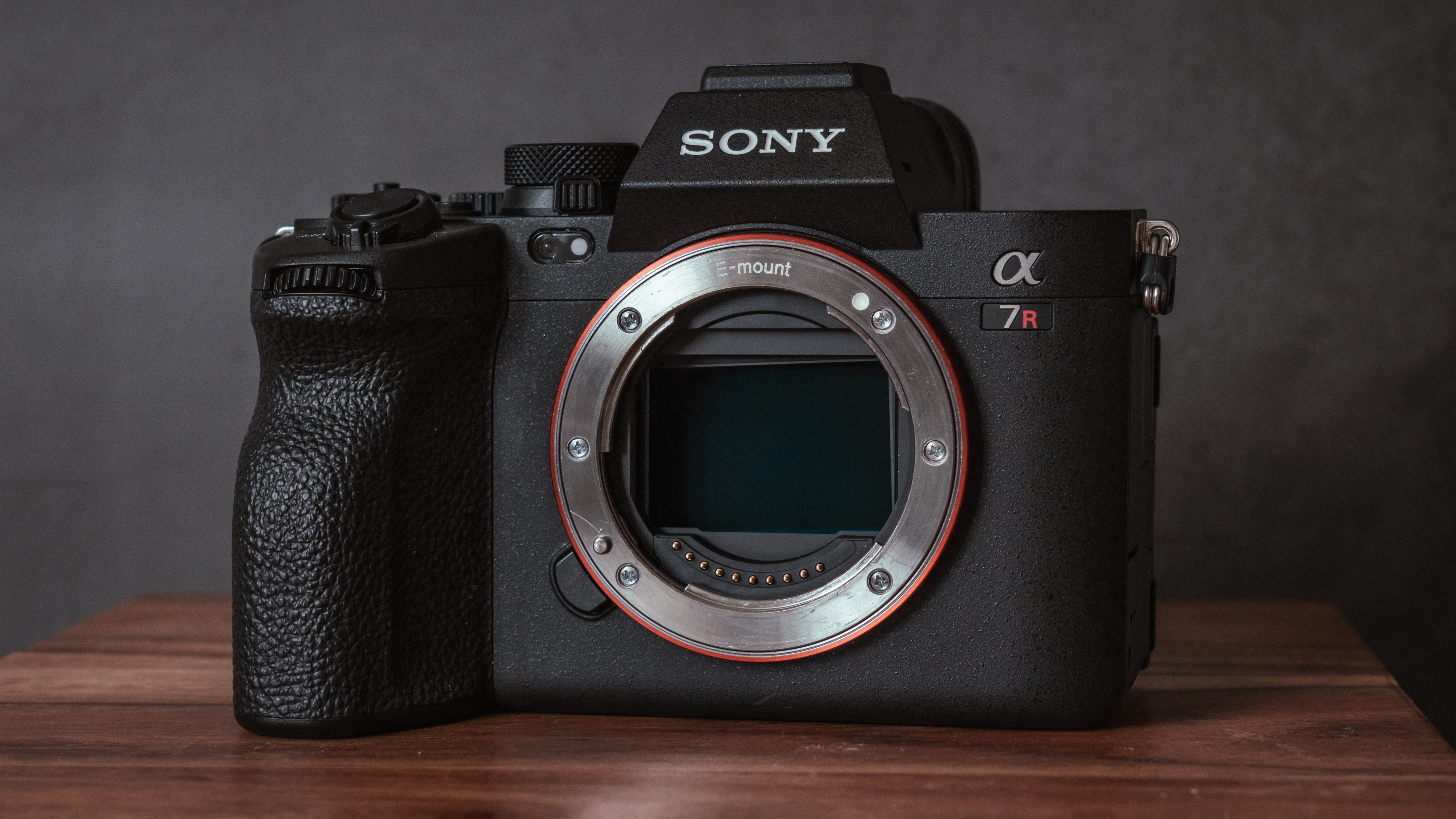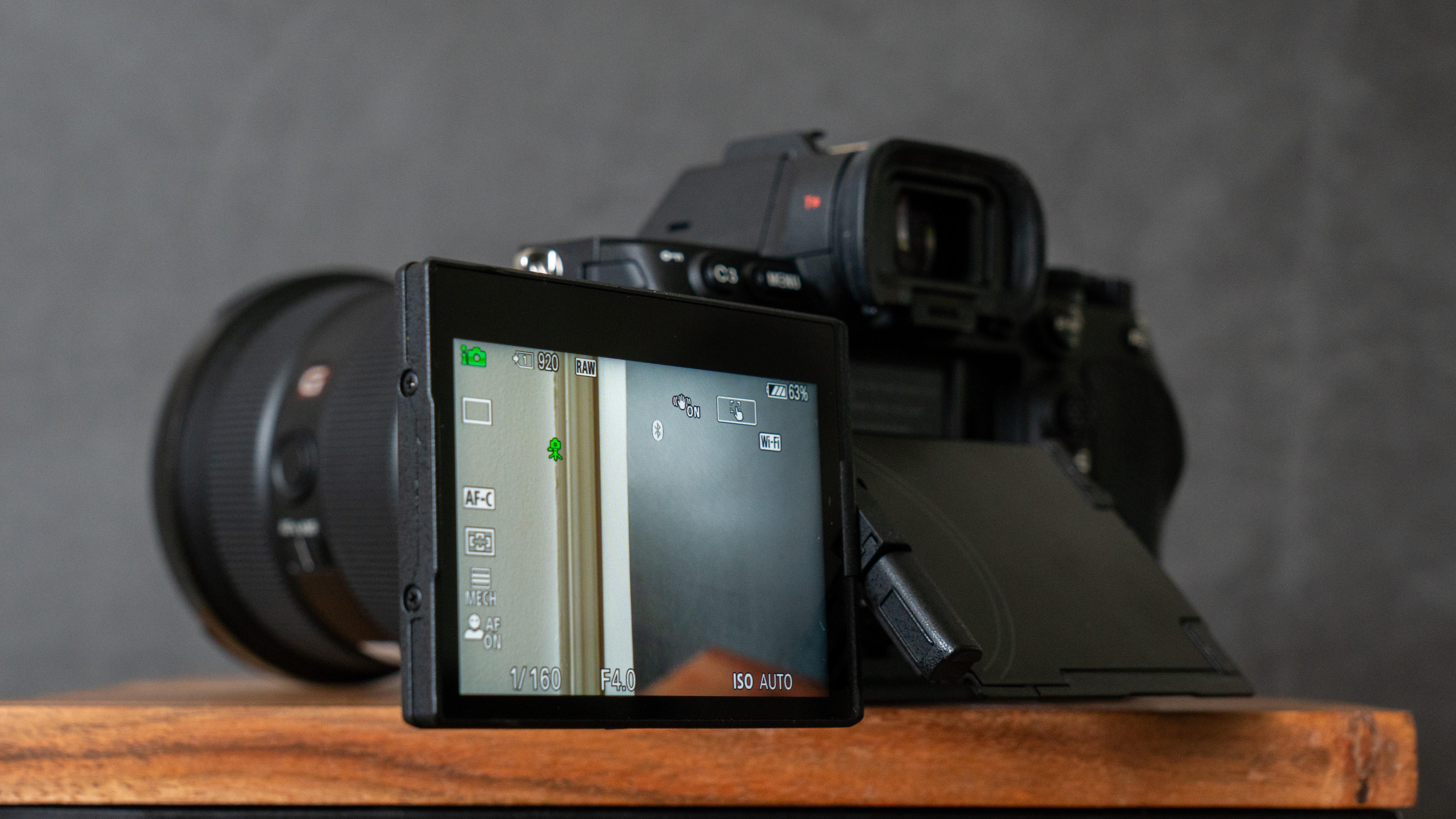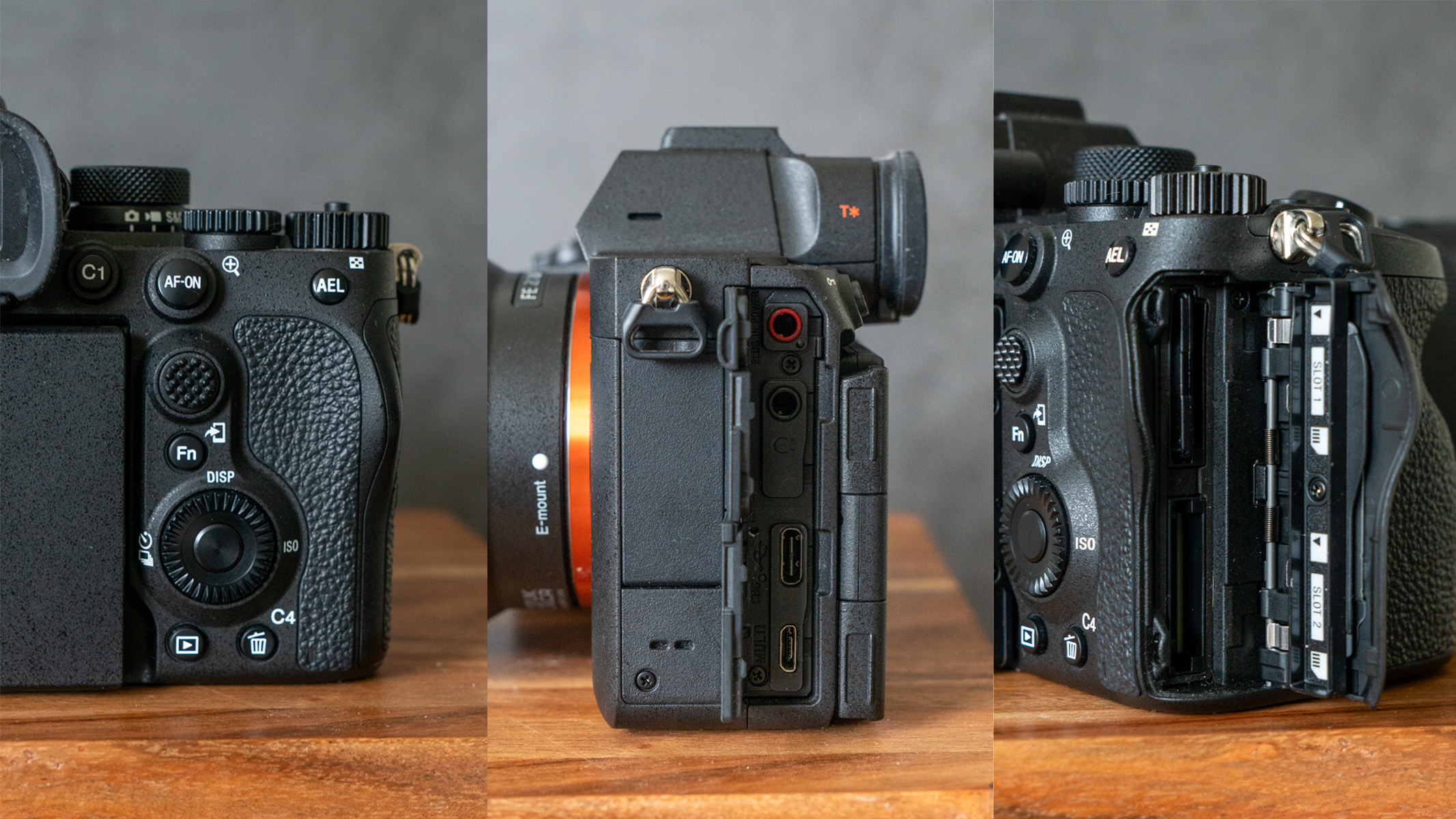Space Verdict
The Sony A7R V builds on the power of its predecessor with its higher resolution EVF and LCD screen, more stops of image stabilization and a new AI autofocus unit, but the massive 61MP sensor provides too much noise for astrophotography.
Pros
- +
Notable upgrades from the A7R IV
- +
New AI-powered autofocus system is on another level
- +
Excellent, versatile LCD screen
Cons
- -
High ISO images are noisy
- -
Although the processing speed has improved, the burst rate is capped at 10FPS
Why you can trust Space.com
Three years after the release of the Sony A7R IV, the long-anticipated Sony A7R V is finally here. At the time of its release back in 2019, the A7R IV was the biggest and baddest Sony camera out there, boasting the highest megapixel sensor of any mirrorless camera to date (a whopping 61MP). With big shoes to fill, the Sony A7R V (aka the Sony A7R 5) needs to not only match the impressive specs and performance of the A7R IV but improve on it.
We gave the A7R IV high praise in our hands-on review, and we even rated it best overall in our best cameras guide and gave it a respectable third place in both our best cameras for astrophotography and best cameras for low light photography guide. But how does the A7R V compare? What new features and specs does it have that the A7R IV doesn't? Is it worth upgrading if you already own the A7R IV? We put it to the test to answer all of those questions.
Sony A7R V: Design
- We love how versatile the LCD screen is
- Overall a very similar layout and design to its predecessor
- EVF and LCD screen are both 63% higher resolution than the A7R IV
Overall, the design of the A7R V is very similar to the A7R IV, and much like what you'd expect from Sony at this stage. It's ever so slightly bigger (we're talking fractions of an inch here), and it is 2 oz / 58 g heavier. The video record button is in a much easier-to-reach place on the A7R V, and it has a dedicated photo/video/Slow and Quick (S&Q) dial on the top of the camera body. We thought it felt comfortable in the hand and we could easily shoot for long periods with it without getting an achy neck or arms.
However, by far our favorite design aspect of the A7R V is the 4-axis, multi-angle 3.2-inch LCD screen. Sony finally answered our prayers and did away with the tilt-only screen and instead gave us this fantastically versatile screen that can accommodate shooting at quite literally any angle you can come up with. Not only can it flip out to the side of the camera and spin around to record vlogs or take selfies, but it has another trick up its sleeve. It's attached to an extra plate that tilts down and out to provide even more shooting angles and keep the screen away from the ports if you want to add any microphones or monitors. We cannot tell you how much we loved this.
System: Mirrorless
Sensor: Full-frame
ISO range: ISO 100 - 32,000 (expanded 50 - 102,400)
Burst shooting: 10FPS
AF: 693 phase-detect autofocus points
Video: 8K/25p video recording
Storage: Dual UHS-II SD/CFexpress Type A slots
Screen: Fully articulating 3.2-inch touchscreen
Dimensions: 5.16 x 3.82 x 3.23-inch / 131 x 97 x 82 mm
Weight: 1.59 lbs / 723 g including battery
It may seem like a small, silly thing to be so passionate about a 'flippy screen', as it's affectionately known, but in practicality, it makes shooting so much easier when you can actually see what it is you're shooting without having to contort yourself into weird positions. That was one of our main gripes with the Sony A1, and, if we're going to be dropping $6500 on a camera like that, we want the camera to have a fully articulating screen.
If we're being picky, we'd like it if the screen would fit flush against the rest of the back of the camera body. That said, it does flip around so the actual screen isn't on show, so when it's sitting in your camera bag the screen isn't going to get damaged.
The Sony A7R V shares the same 61MP back-illuminated Exmor R CMOS as its predecessor, but the brand new BIONZ XR image processor boasts up to 8x the processing speed of the previous model — and considering that buffer lag was one of our complaints with the A7R IV, this is a welcome addition.
Breaking space news, the latest updates on rocket launches, skywatching events and more!
Sony A7R V: Performance

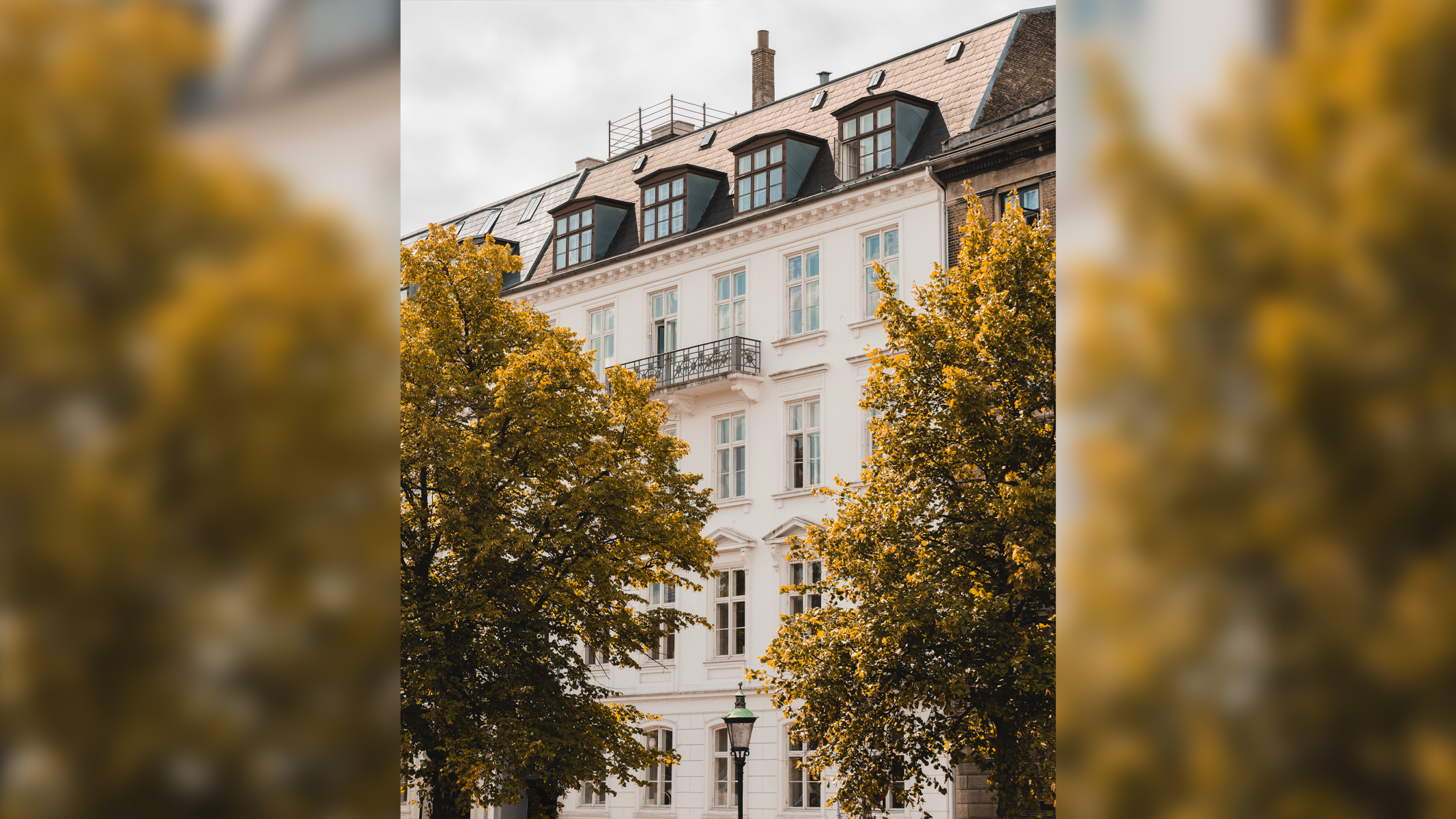
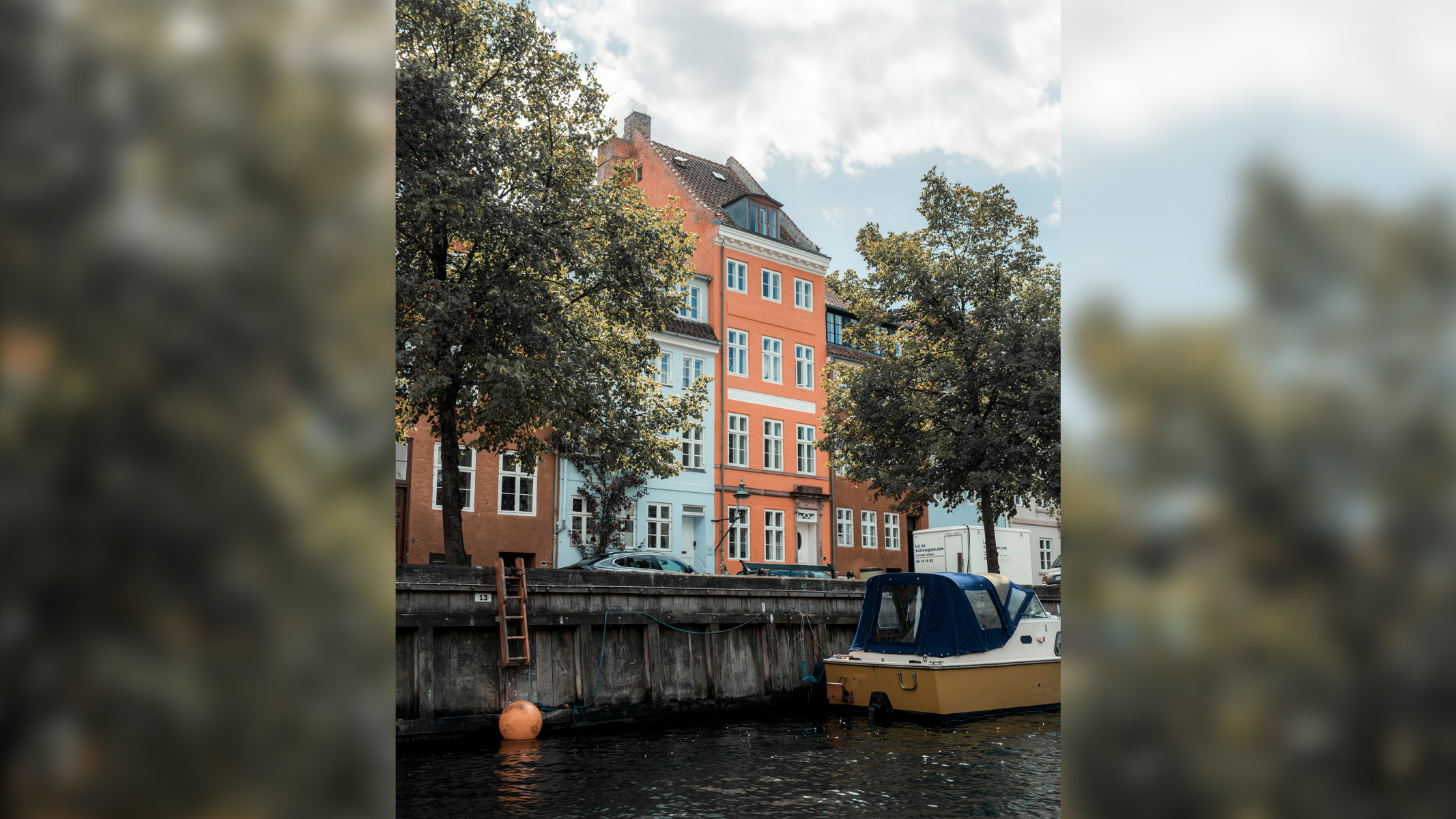

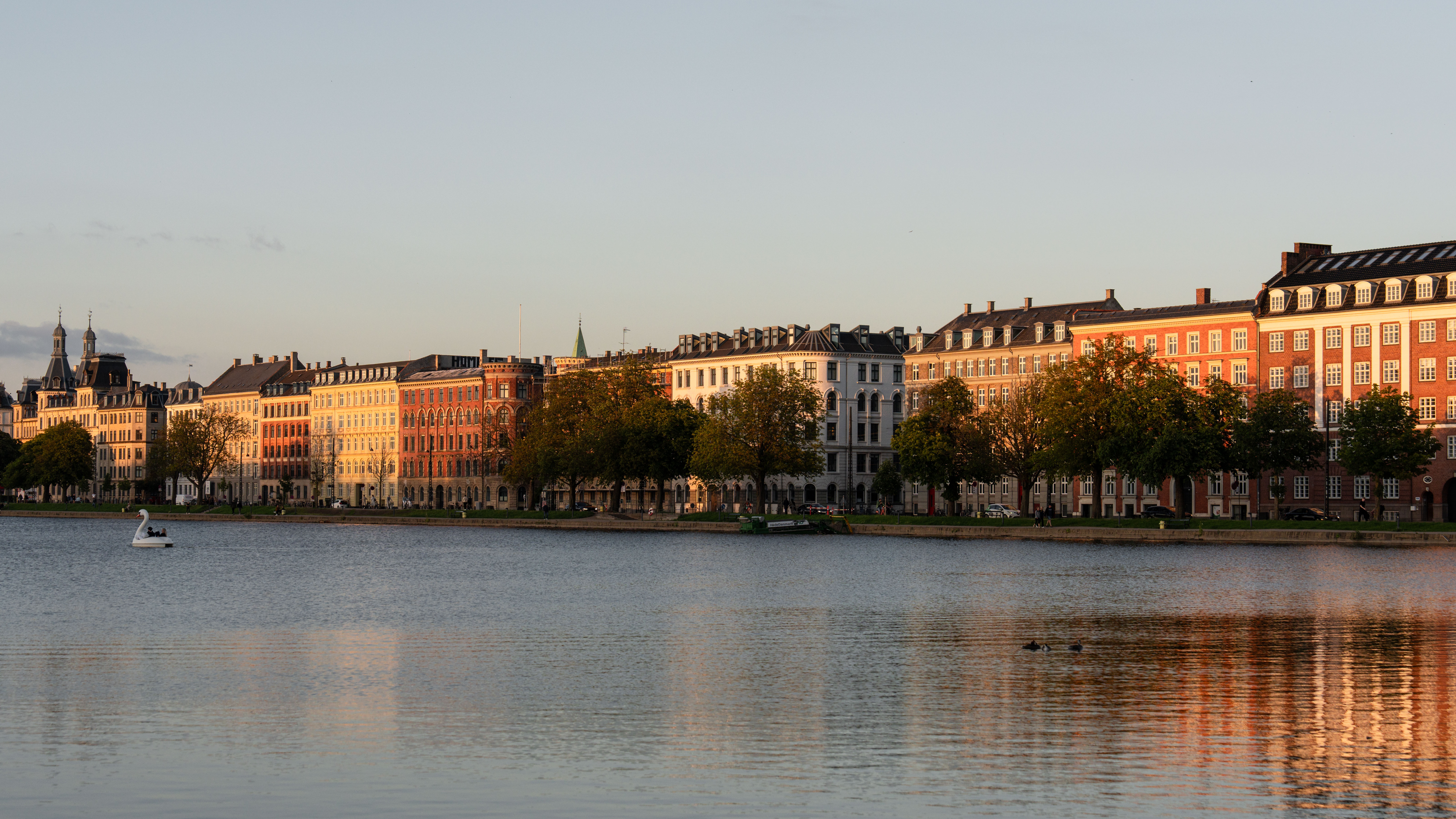

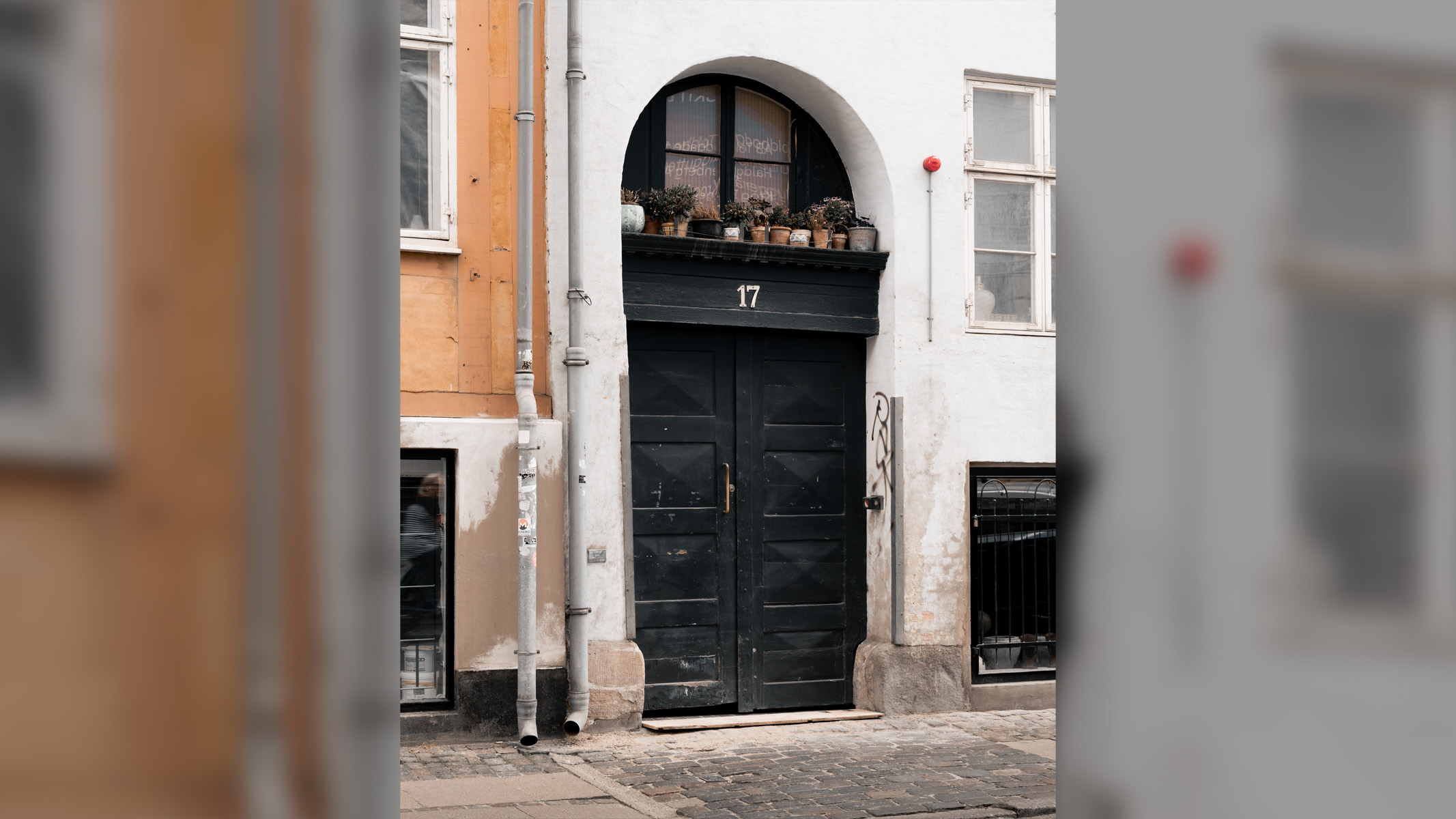
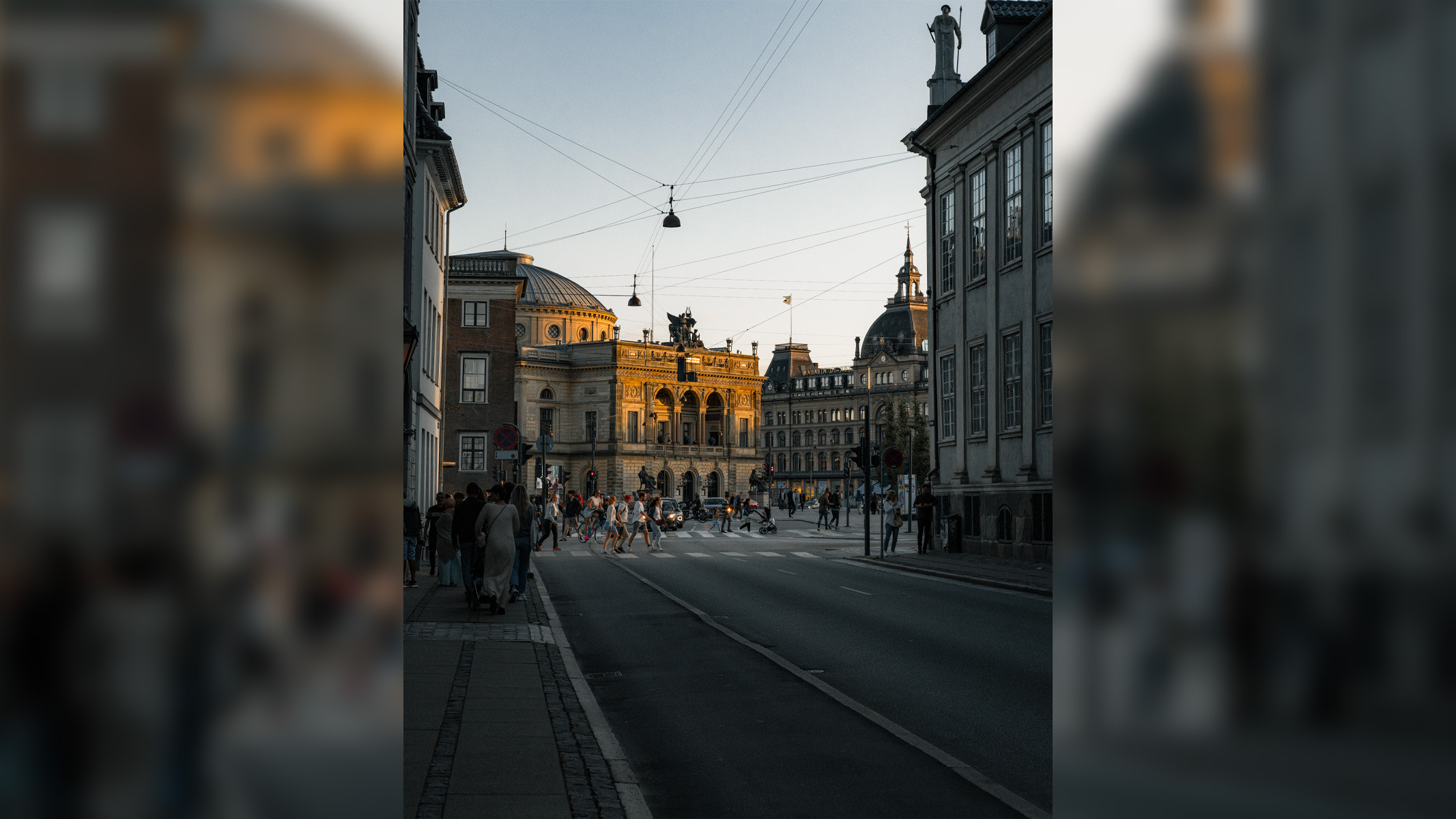
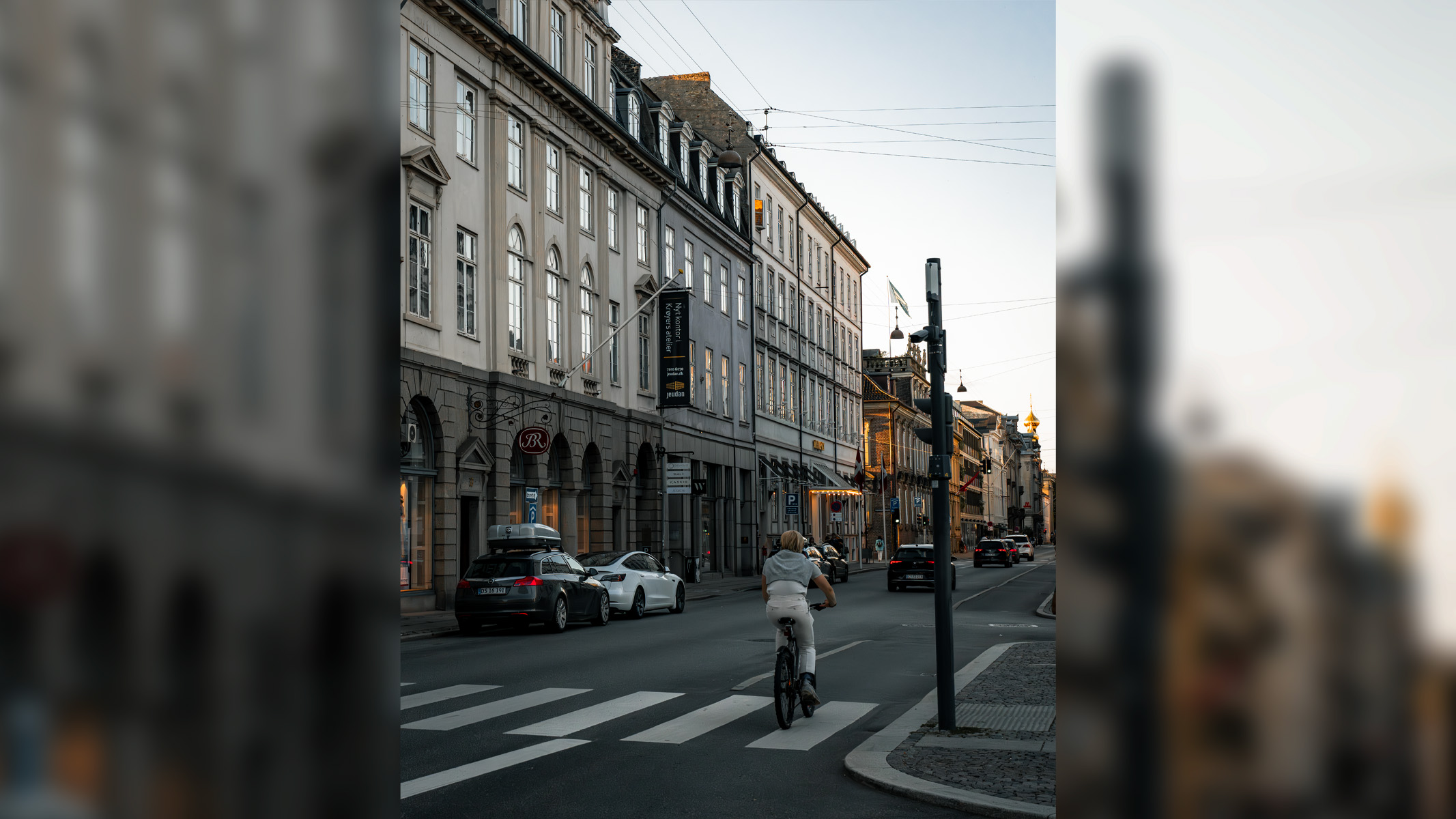
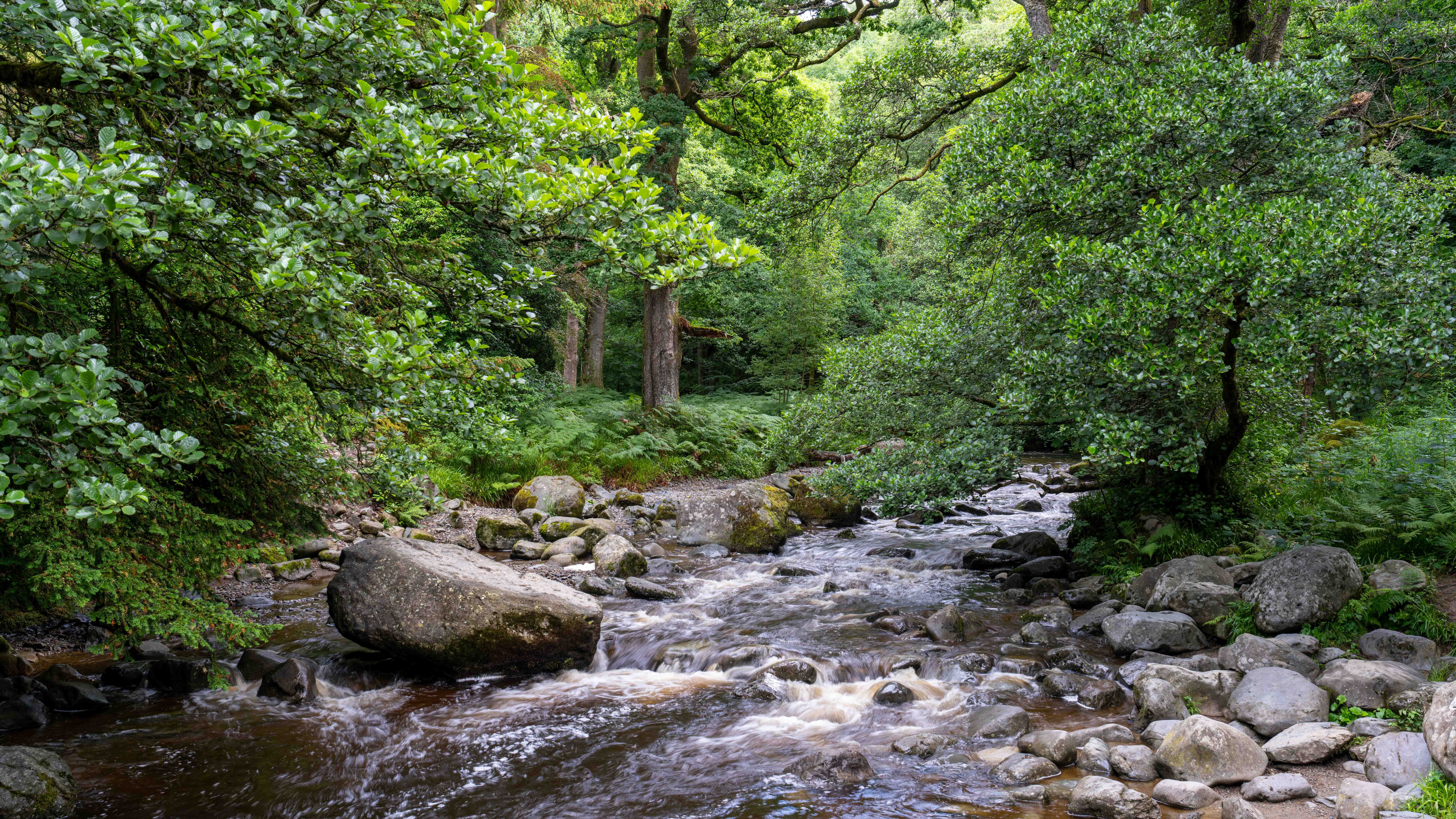
- Battery life isn't as good as the A7R IV, although still enough for what we needed
- Solid low-light performance, but is likely too noisy for astro
- Sony's autofocus just keeps getting better thanks to the new AI system
Sony claims the battery life is good for up to 530 shots with the screen (down from the A7R IV's 670). However, in our review of its predecessor, we found that in a single session of shooting over 2000 images, the battery didn't even lose half a charge, so realistically we don't think those 70 shots are going to make much difference here. We took the A7R V on a five day trip to the Lake District in England and didn't have to charge it once. So unless you're doing some serious all-day professional shooting with it, we think the battery life is more than sufficient. Besides, we'd always recommend carrying spare batteries anyway.
We were impressed with its color depth and dynamic range — we shot with it on a bright day on a forest trail, and it handled the bright light with the harsh shadows beautifully and we had no issues at all of losing any detail. In an ideal world, we would've used a polariser or ND filter here, but it's good to know that it copes well without one.
As expected, the autofocus system inside this camera is nothing short of incredible — Sony just keeps continuously raising the bar. They've upped the number of focus points from 567 to 693, making it more accurate across the frame, and the new AI dedicated processing unit is also a game-changer for autofocus and tracking. This new 'deep learning' system, called Real Time Recognition, can also detect and distinguish subjects like cars, trains, planes, animals and insects — a refreshing addition to the previous model being limited to cats, dogs and birds. When it comes to human detection, it's designed to recognize movements and poses, and not only can it detect eyes, head and major body parts, but it will also detect noses, necks, shoulders, elbows, wrists, hips, knees and ankles.
We thought it gave a solid low light performance for cityscapes and scenes with ambient light (such as streetlamps etc), but the massive 61MP sensor does mean that the images have noise when you bump the ISO up. The EVF and LCD screen gave a beautifully detailed and bright view of the scene, even in the dark, and image noise only became distractingly noticeable after around ISO 6400 (and even then, we are pixel-peeping perfectionists).
When we tested it out for astrophotography, however, the images at a lower ISO weren't as detailed as the shots with a higher ISO, but the ones with higher ISO had a lot more noticeable noise. Normally this would be a dealbreaker for a camera aimed at astrophotography, but as the AI denoise tools are so advanced now, you can make more allowance for image noise than before because you can clean up the images much better. We used the AI Denoise in Lightroom, but we also thought the noise removal tools in Affinity Photo 2 were very impressive.
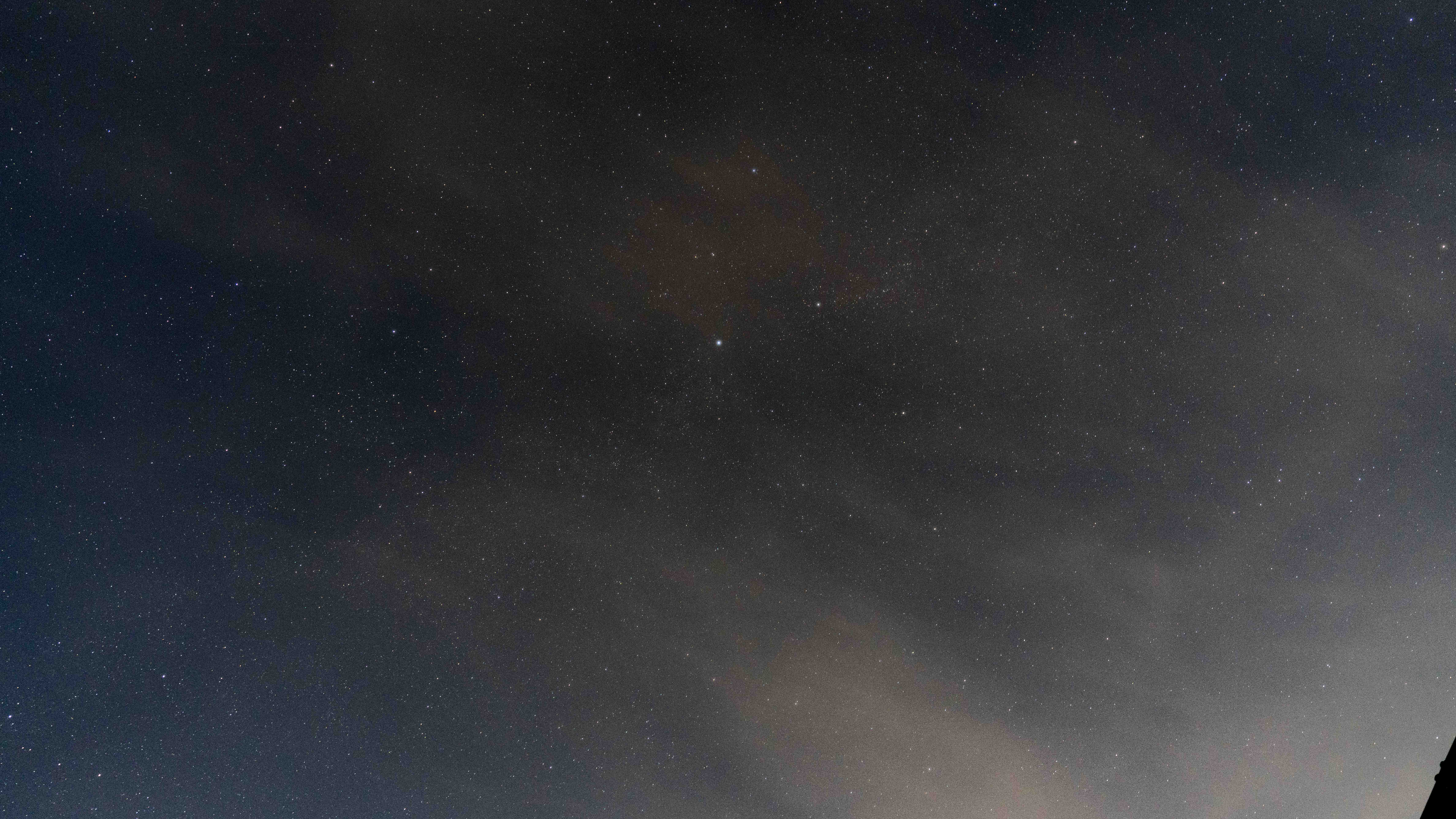

We tried it in Lightroom and it gave very clean results. We tested two images — the image above was taken with an ISO of 2500. As you can see, there wasn't much noticeable noise in the 'before' image (unless you zoom right in), and the 'after' image is much cleaner still.
We also tried an image with ISO 6400, shown below. The original image had much more noise, and the AI Denoise did do a fair job at getting rid of most of it, but there was still a fair amount of color fringing, particularly in the area with the cloud. (Obviously, in an ideal world there wouldn't be any clouds, but the Welsh weather will do what it pleases).
Out of the two images, the ISO 6400 has more detail, but also more noise than the ISO 2500 image.
One thing we did notice, though, was the improved accuracy of White Balance control, thanks to the camera's new AI capabilities in addition to the Visible Light + IR sensor on the camera body. This was particularly noticeable for astro shoots. We shot in a backyard on the outskirts of a city which would normally give a brown/orange glow, whereas there was practically no color temperature or tint editing needed when we imported the images into Lightroom.

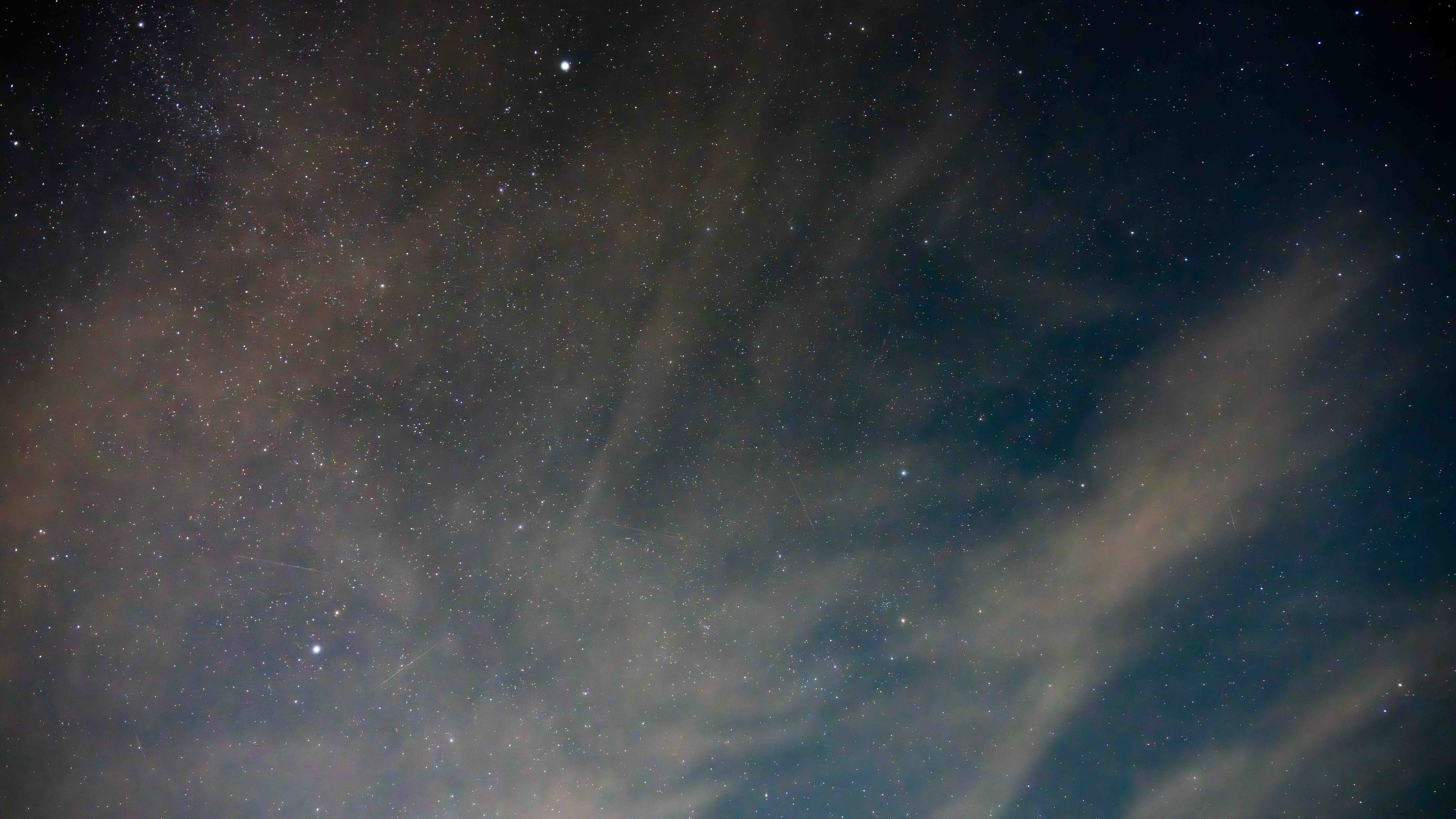
Sony A7R V: Functionality
- Eight stops image stabilization proves great for low light
- Much improved video settings
- Customizable buttons and dials provide great ease-of-use
The 8 stops of image stabilization makes this camera shine when it comes to low-light photography. The new AI unit enables high AF precision down to light levels as low as EV -4.0 in AF-S mode. We shot images of a bridge in a small city at night, and thanks to the ambient light and image stabilization, we were able to shoot handheld (albeit leaning on a wall) at 1/3 of a second at ISO 100 to create light trails from the cars, and the rest of the image was still pin sharp. These extra stops of image stabilization mean you don't have to bump the ISO up to produce brighter images, as you can just slow down the shutter speed instead.
Although we did find more image noise when we had to bump the ISO up when there was less ambient light (streetlamps etc), the ISO reach is still great for low-light photography. Although, if we're splitting hairs, the A7R V has a slightly higher boosted maximum ISO of 102400, whereas the A7R IV had 102,800. Even though the A7R IV technically wins there, in practical uses it's unlikely you'd actually notice any difference. Besides, it's very unlikely you'd have the ISO that high anyway.
The LCD screen is also bigger and more detailed, going from 3-inches to 3.2-inches and from 1.44M to 2.1M dots, and the EVF has also been improved from a resolution of 5.76M to a whopping 9.44M dots (the same resolution as the A1). We liked the number of buttons and dials on the body — simple enough not to overwhelm but enough to customize the settings without having to dive into the menus. There are three dials on the body, so you could set one to control the shutter speed, one for aperture and one for ISO, making manual shooting a breeze.

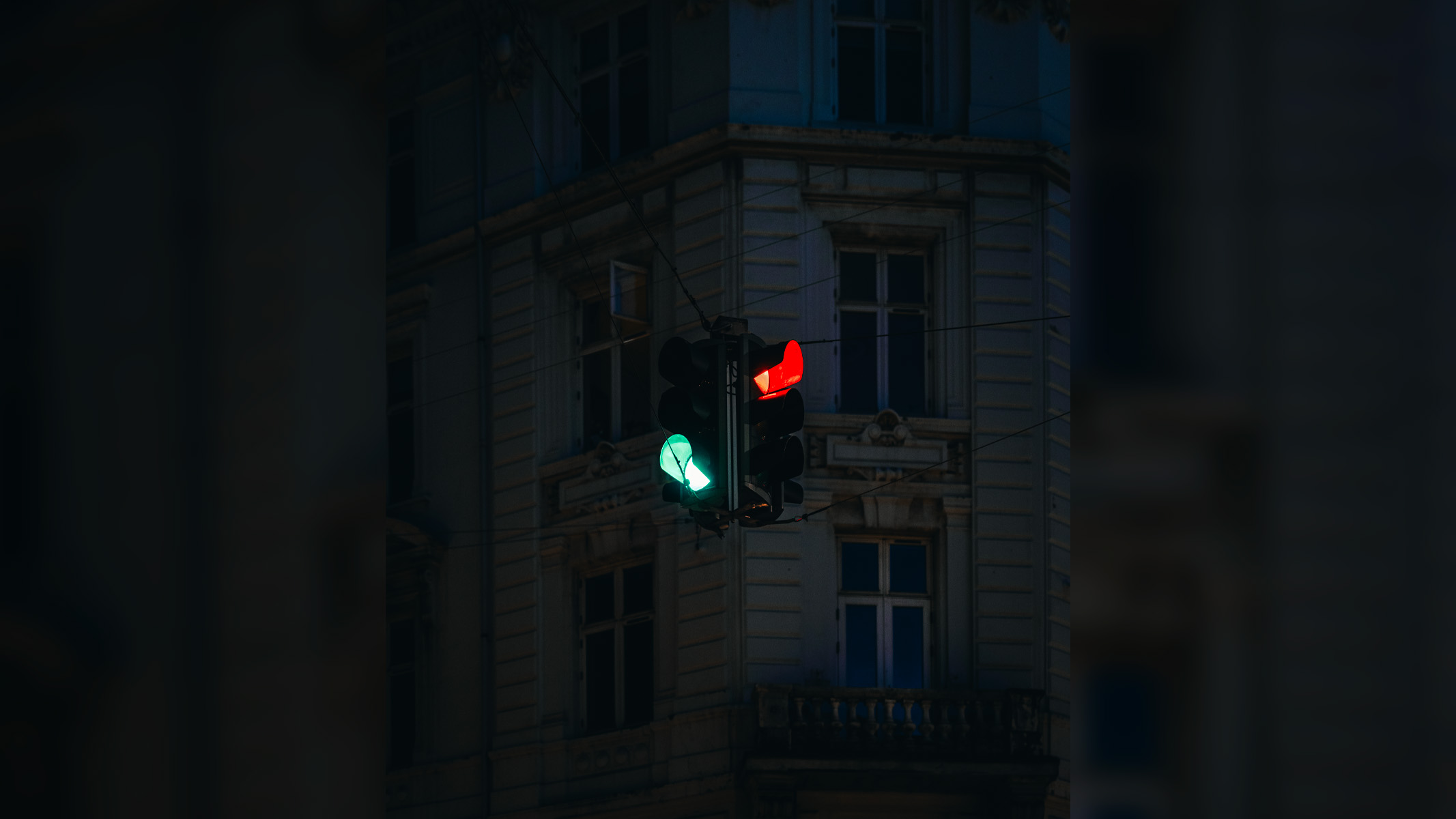


One big difference in its functionality is the improved video settings, which will make this camera very tempting if you're a content creator or videographer. The Sony A7R V can shoot 8K video at 7680 x 4320 video resolution, with 120FPS high-speed video — improved from the A7R IV's 4K video at 4320 x 2160.
The Sony A7R V also has improved Pixel Shift Multi Shooting, using AI assistance to help reduce blurriness caused by movement and changing conditions when taking multiple shots. The downside, though, is that you have to process the final composite on the Imaging Edge software on your computer rather than in-camera.
Should you buy the Sony A7R V?
We think the Sony A7R V is a fantastic all-round camera that can handle most things you throw at it. We wouldn't necessarily recommend getting it if you already have the A7R IV or IVA (unless you are a videographer and want the 8K 25p video from the V).
If you shoot many different photographic styles, we think this camera is a fantastic option and will see you through almost any situation. If you do the occasional astro shoot every now and again and don't mind having to rely on AI denoise, then this will certainly be sufficient. However, if astro is your main photography style, we think there are better-suited cameras out there with lower-resolution sensors that would give less image noise.
If the Sony A7R V isn't for you
If you love the sound of the new Sony A7R V but can't quite justify the cost, consider the previous model; the Sony A7R IV. You'll save around $800 and realistically, the two cameras aren't majorly different to one another.
If it's astrophotography you're wanting to do and you need a camera that's going to produce less image noise, the Canon EOS R5 or Nikon Z7 II would both be great options — they both have 47MP sensors, so still beautifully detailed but not quite as many megapixels as the A7R IVA or V, and would make great all-rounders for all styles of photography. The Sony A7III, although now over 5 years old, is also a firm favorite among photographers for its low-light capabilities, and due to its age, it's more affordable than the powerful Canon or Nikon models we mentioned.
If you want to shoot low-light photography on a budget, try the Canon EOS R8. It's an entry level full-frame mirrorless camera that would be great for all types of shooting, astro included.

Kimberley Lane is a landscape & seascape photographer living in South Wales. Originally using photography as a way to cope with health issues, she aims to portray a feeling of calm and peace through her images. Her work has been featured in a number of national photography magazines.

